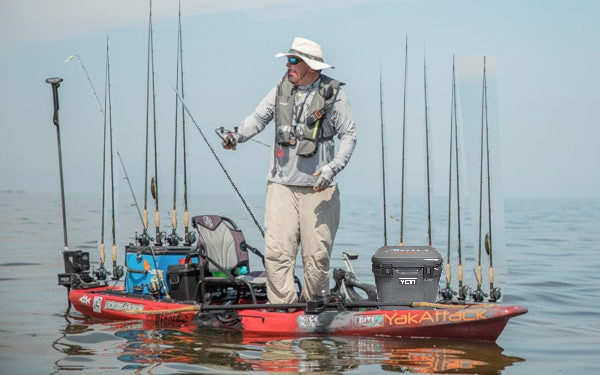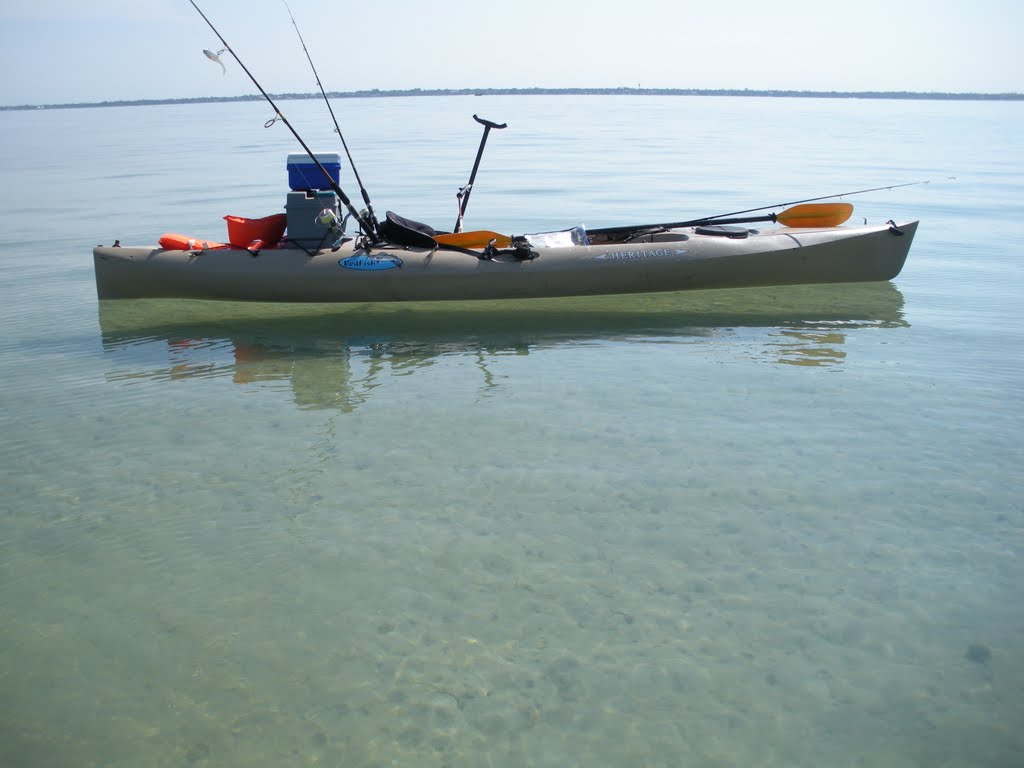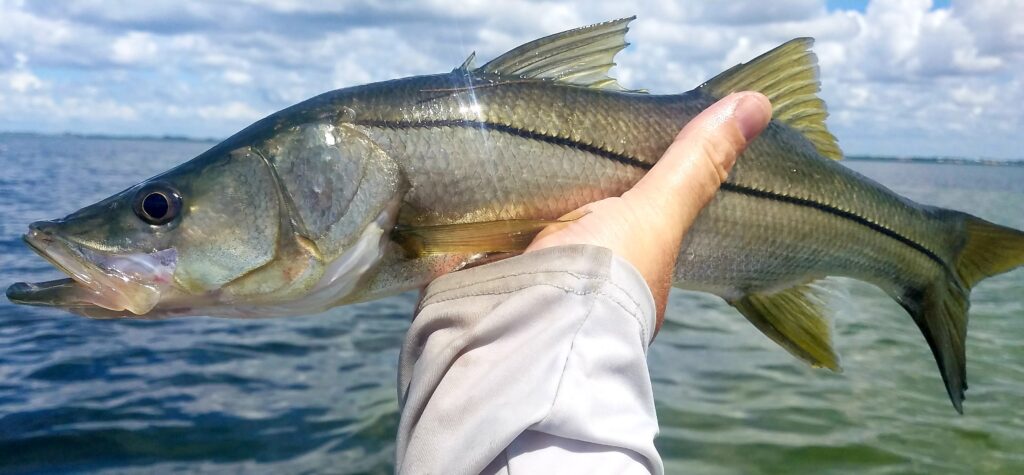Introduction
Casting spoons are a classic and versatile lure that can be incredibly effective when used correctly. Whether you’re fishing for bass, trout, or even saltwater species, knowing how to fish with spoons can make a world of difference in your angling adventures. This guide aims to provide you with a complete understanding of how to maximize the effectiveness of this tried-and-true lure.
What are Casting Spoons?
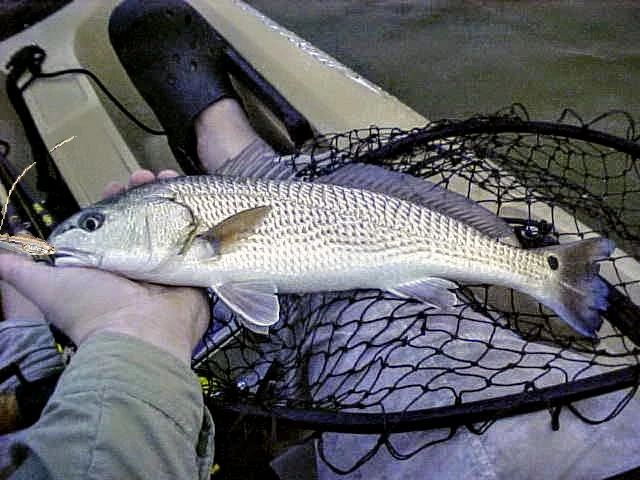
Casting spoons are metal lures designed to mimic the action and appearance of small fish. They are usually oblong and concave, which allows them to wobble and flash as they move through the water, attracting predatory fish.
Types of Casting Spoons
- Weedless Spoons: Designed to avoid snags in weedy or rocky areas.
- Trolling Spoons: Thinner and designed for use while trolling.
- Jigging Spoons: Heavy and compact for vertical jigging in deep water.
Benefits of Using Casting Spoons
- Highly versatile for both freshwater and saltwater fishing
- Can be used in various water conditions and depths
- Effective for a wide range of fish species
Equipment Needed
- Medium to medium-heavy rod with fast action
- Baitcasting or spinning reel
- Braided or monofilament line
- Assortment of casting spoons
How to Fish with Casting Spoons: Step-by-Step Guide
Step 1: Select the Appropriate Spoon
Choose the type and size of the casting spoon based on your target fish and the current water conditions.
Step 2: Rigging
Tie the casting spoon to your fishing line using an appropriate knot such as a Palomar knot or an improved clinch knot.
Step 3: Casting
Cast your line beyond the area where you suspect fish may be located, allowing for a broader retrieval path.
Step 4: Retrieval Techniques
- Steady Retrieve: Reel in at a constant speed, allowing the spoon to wobble naturally.
- Jigging: Jerk the rod upward periodically to impart erratic motion to the spoon.
- Stop-and-Go: Pause occasionally during retrieval to mimic a wounded fish.
Step 5: Detecting a Strike
Pay close attention to the line tension and be ready to set the hook at any hint of a strike.
Step 6: Setting the Hook and Reeling In
Once you’ve detected a strike, set the hook firmly with a quick upward jerk of the rod, and then reel in your catch.
Casting Spoons Techniques: Pro Tips
- Fan Casting: This involves casting in a fan-shaped pattern to cover a broader area.
- Varied Retrieve: Vary the speed and pattern of your retrieve to entice wary fish.
- Color Choice: In murky water, opt for brighter colors to increase visibility.
Pros and Cons of Fishing with Casting Spoons
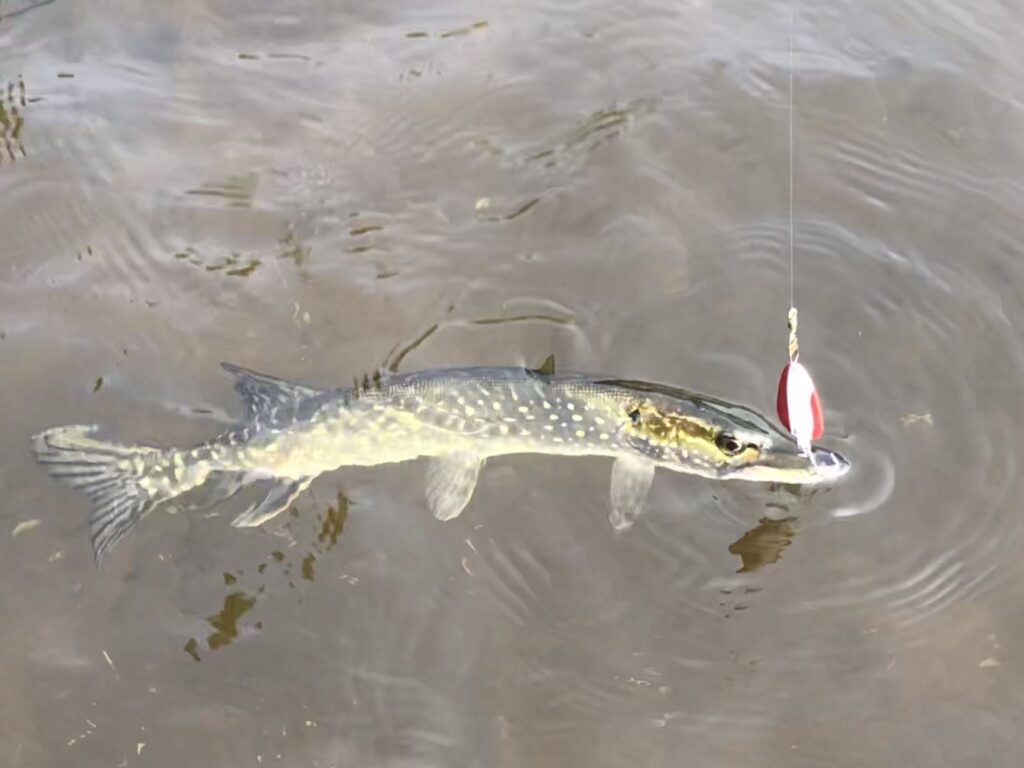
Pros:
- Highly effective in attracting a wide range of species
- Versatile across various water conditions
- Simple and easy to use for anglers of all skill levels
Cons:
- Can get snagged in areas with lots of underwater structure
- May require a higher degree of skill to impart realistic action
Conclusion
Learning how to fish with casting spoons can open up a new world of opportunities for anglers. Its versatility, effectiveness, and ease of use make it a must-have in any tackle box. So, arm yourself with this knowledge, choose the right casting spoon, and make your next fishing trip a resounding success.

